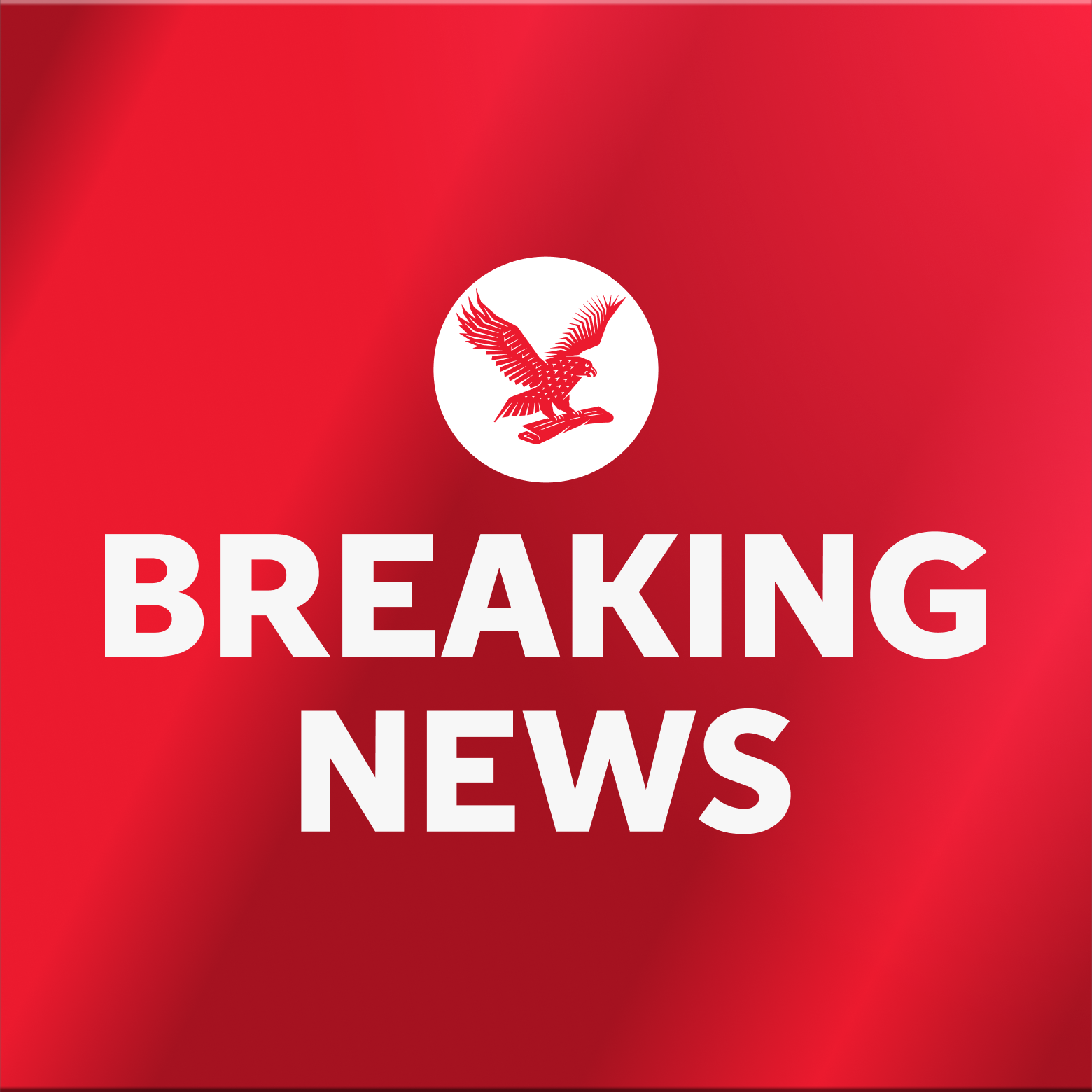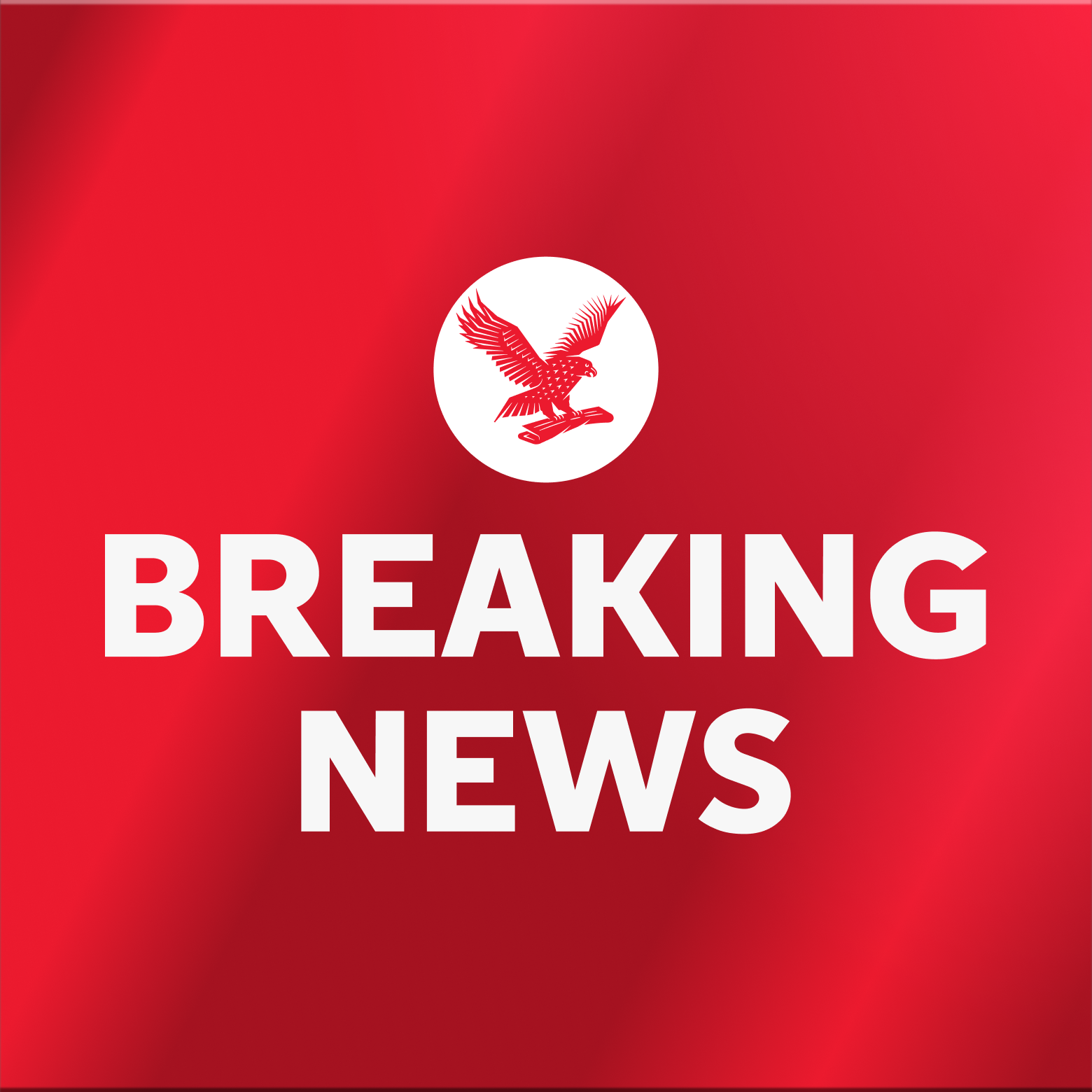More than a thousand Hezbollah members across Lebanon have been seriously injured after their pagers suddenly exploded, officials said.
A Hezbollah official, speaking on condition of anonymity, said the detonation of the pagers was the “biggest security breach” the group had been subjected to in nearly a year of war with Israel.
In one video, a man could be seen falling to the floor after a sudden blast while he was picking fruit in a busy market as people fled the area.
More than 50 ambulances and 300 emergency medical workers rushed to help the victims, the Lebanese Red Cross said.
The Iranian ambassador to Lebanon, Mojtaba Amani, was injured by one of the blasts, Iran’s Mehr news agency reported.
A security source told Reuters the number of wounded was more than 1,000.
The pagers that detonated were the latest model brought in by Hezbollah in recent months, three security sources said.
There was no immediate comment from the Israeli military, which has been exchanging fire with Hezbollah since last October in parallel with the Gaza war.
The explosions come after Israel claimed it had killed top Hezbollah commander Fuad Shukr in an airstrike in the Lebanese capital of Beirut in July.
Hezbollah, which controls southern Lebanon, forms part of Iran’s so-called “axis of resistance”, which opposes Western and Israeli influence in the region.
The group opened a second front against Israel a day after the war in the Gaza Strip began, triggered by a Hamas attack inside Israel on 7 October.
Hamas, also backed by Tehran, killed around 1,200 people, with another 250 taken hostage. In response, Israel has bombarded Gaza from the air and ground.
More than 41,000 Palestinians have been killed in the offensive, health officials in the strip have said. It has displaced nearly 90 per cent of the territory’s 2.3 million population multiple times.
On Tuesday, Israeli Prime Minister Benjamin Netanyahu‘s office said the safe return of its citizens to their homes near the border with Lebanon had been added to the government’s formal war aims.
“The Security Cabinet has updated the objectives of the war to include the following: Returning the residents of the north securely to their homes. Israel will continue to act to implement this objective,” a statement said.
Tens of thousands of people have been displaced from towns and villages on both sides of the border by near-daily exchanges between the Israeli military and Hezbollah.
Israel has said it would prefer a diplomatic solution that would see Hezbollah moved farther back from the border.
However, Hezbollah, which also says it wants to avoid all-out conflict, says that only an end to the war in Gaza will stop the fighting.
Gaza ceasefire efforts are deadlocked after months of faltering talks mediated by Qatar, Egypt and the United States.
The “axis of resistance” comprises a group of violent proxies across Yemen, Syria, Iraq, Iran, Lebanon and Palestine, coordinated by Iran’s Quds Force, the foreign arm of the IRGC.
The Quds Force’s aim is to export Iran’s 1979 Islamic revolution abroad. The US assassinated the former head of the Quds Force, Qassem Solemaini, in January 2020. Hezbollah, the most powerful group in the axis, boasts 100,000 fighters.
Source: independent.co.uk



